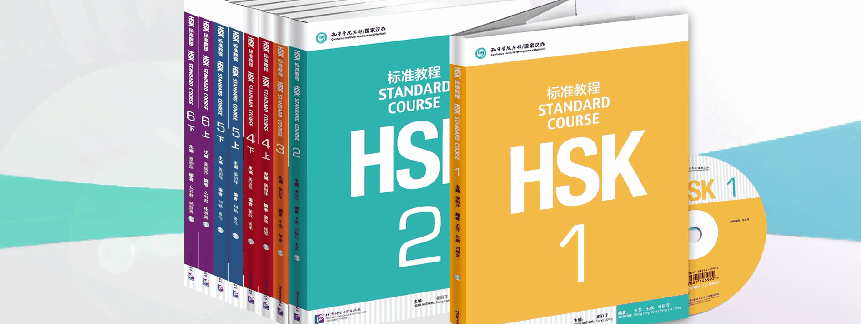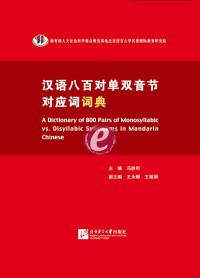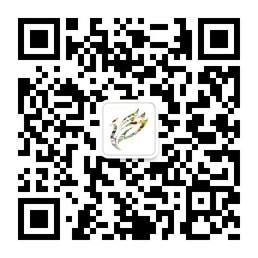Online Bookstore
- Chinese Course (Russian Edition) 3A - Textbook
- Brushing up your grammar for HSK
- THE JINSHA SITE
- Elementary Chinese Listening 1 - 3Tapes
- A Collection of Essays on Chinese Linguistics in the Past Century
- Graded Readers for Chinese Language Learners (Level 2) Literary Stories Journey to the West (6) The Leiyin Temple
Online Reading (Non-downloadable): A Dictionary of 800 Pairs of Monosyllabic vs. Disyllabic Synonyms in Mandarin Chinese
Author:Feng Shengli
- Medium:eBooks
- ISBN: 9787900849595
- Page Count: 801
- Size:
- Pub Date:2025-05
- Annotation Language:
- Course:Chinese Characters,Grammar,Non-textbook,Vocabulary,Vocabulary
- Target Audience(Age):Middle School,College ,Adults
- Target Audience(Language):Intermediate ,Advanced
- Price:
-
Category: Teacher Development
Teacher Development >Educational Theories
eBook














